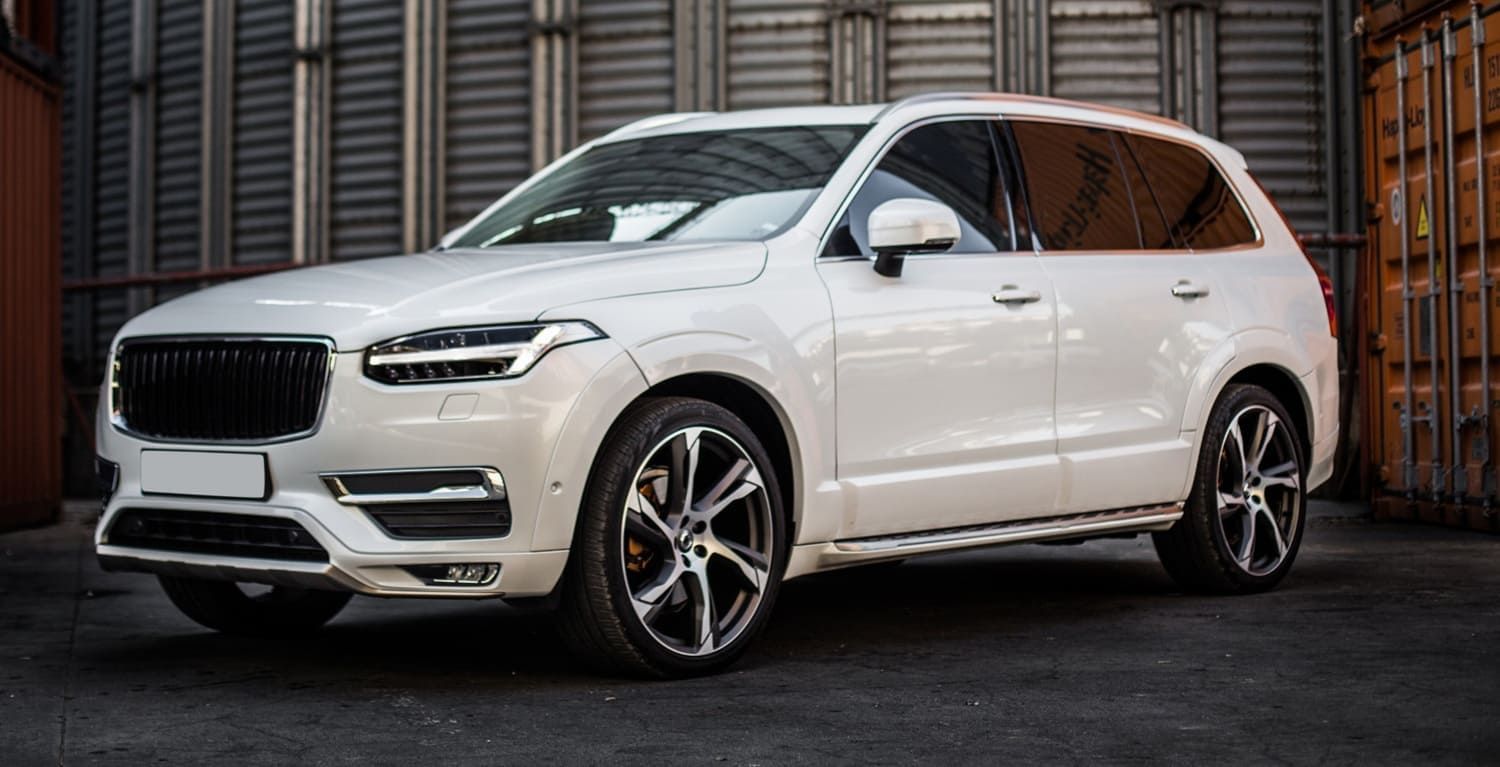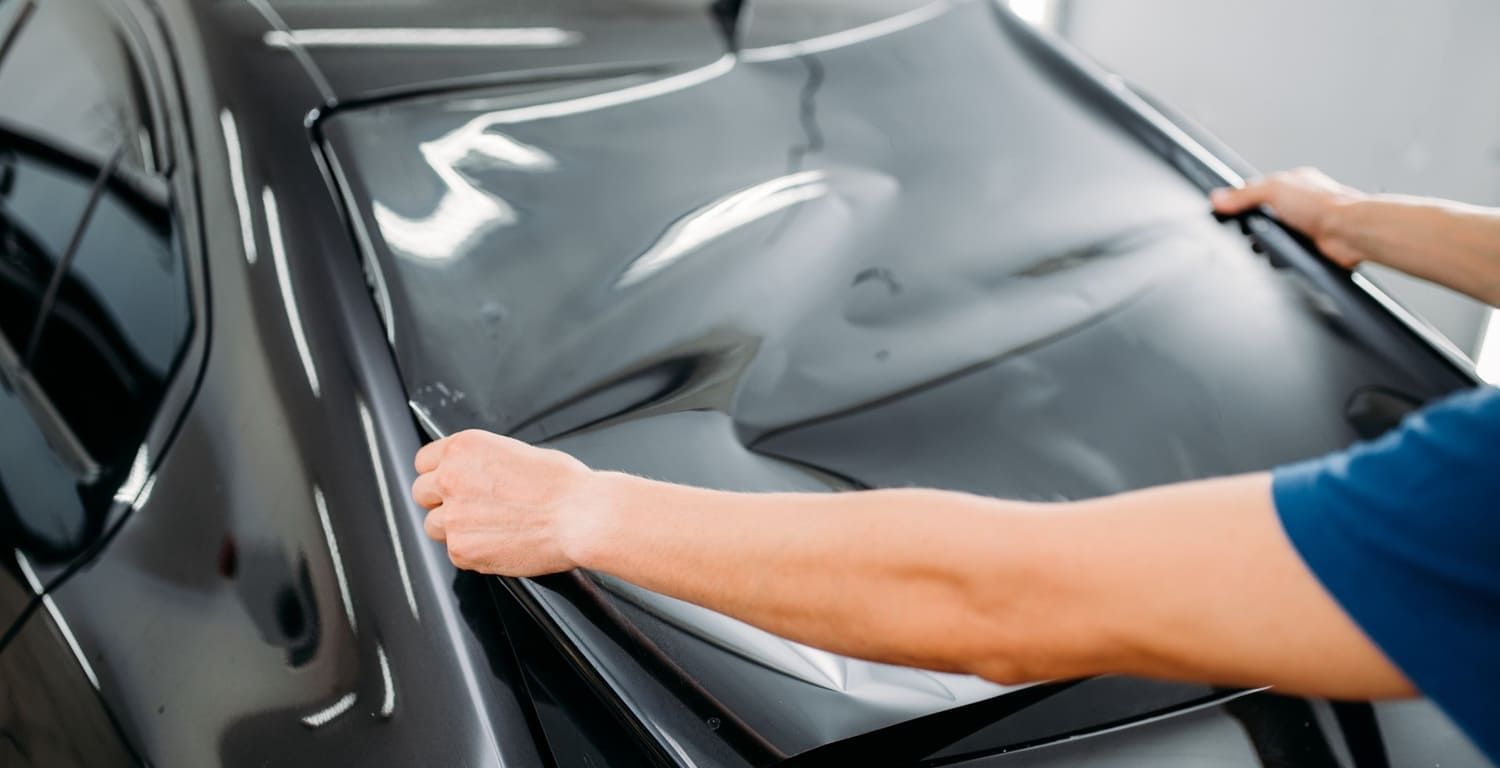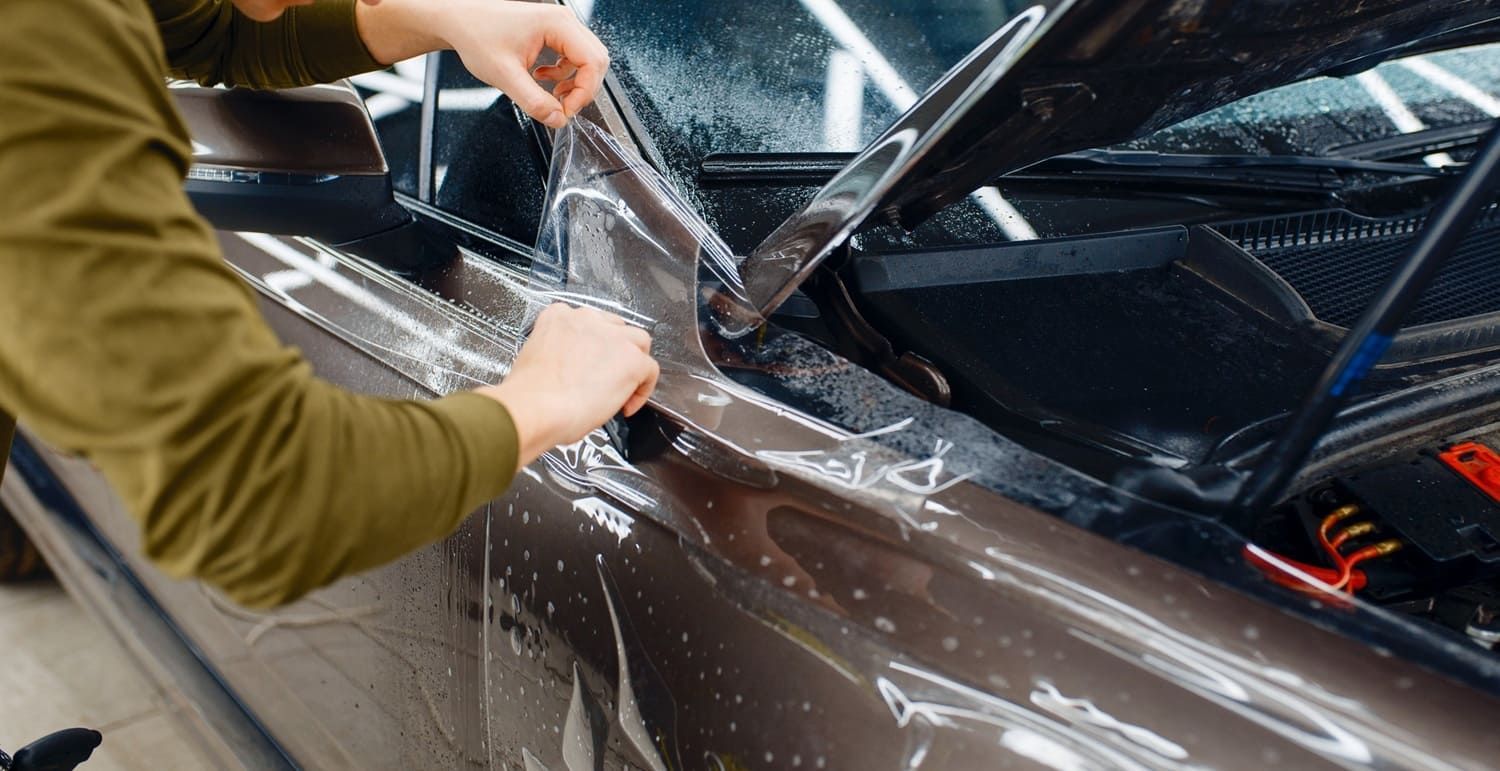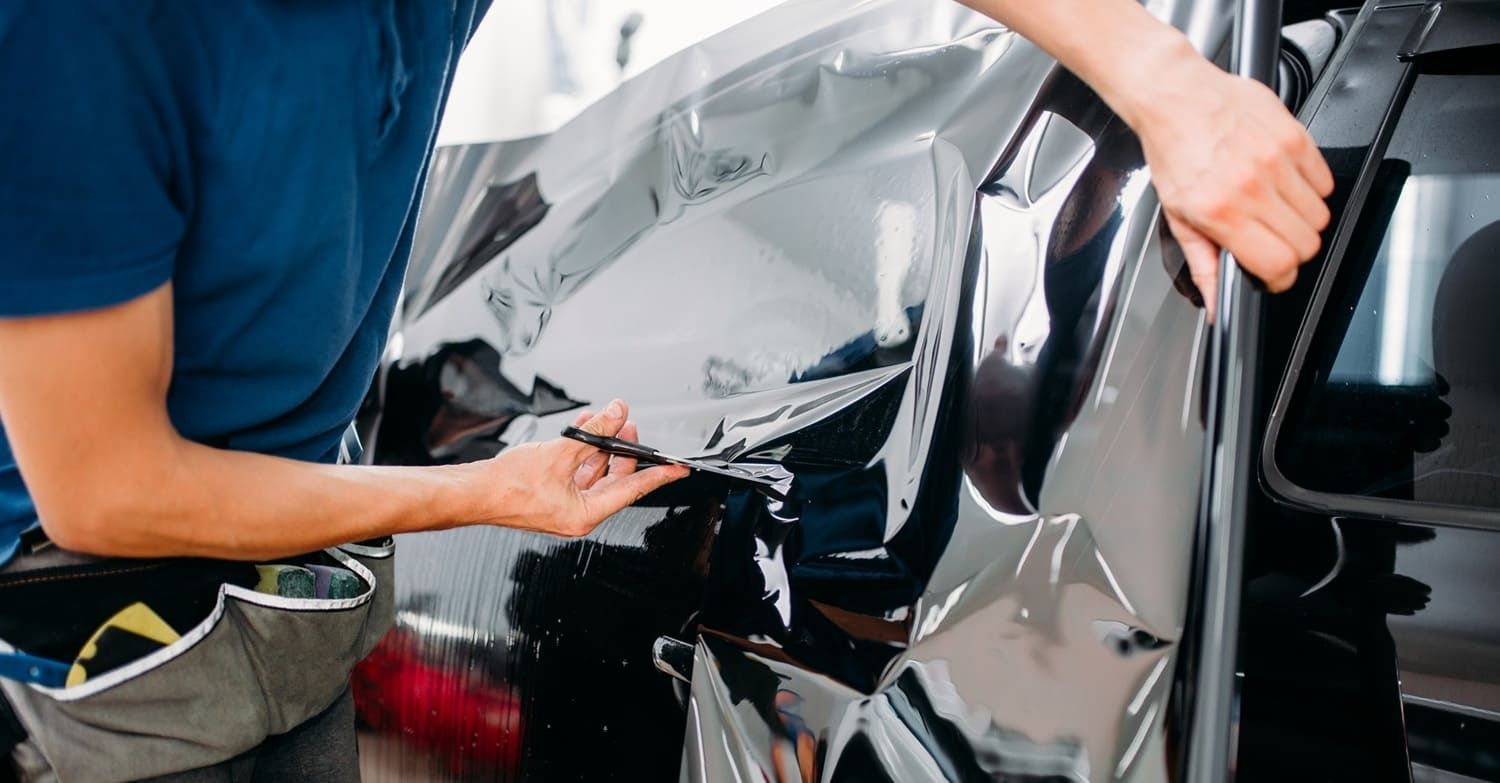What Is the Darkest Legal Tint Allowed in My State?
If you're considering tinting the windows of your vehicle, it's crucial to know the legal limitations in your state. Window tinting laws vary widely across the United States, and understanding these regulations can save you from potential fines and legal issues. This article delves into the darkest legal window tint allowed and provides insights into how these laws can impact you. Whether you're motivated by aesthetics, privacy, or protection from the sun, ensuring your tint is within legal boundaries is vital for a hassle-free driving experience.
Window tinting not only alters the appearance of your vehicle but also affects safety and legal compliance. Drivers should be aware that state laws regarding tinting are often updated, and staying informed can prevent costly penalties. It's not just about adhering to the law; understanding these regulations can help you make informed decisions about the type of tint that best suits your needs while keeping you on the right side of the law.
Window tint laws are designed to ensure driver visibility, prevent accidents, and enhance road safety. These regulations specify the permissible darkness of window tints, often measured by Visible Light Transmission (VLT) percentage. VLT indicates the amount of light that can pass through the window film and glass, with lower percentages indicating darker tints. A higher VLT percentage means more light passes through, which generally complies with safety standards and legal requirements.
The rationale behind these laws is multifaceted. Primarily, they aim to strike a balance between personal preference and public safety. Excessive tinting can obstruct a driver's view of the road and surroundings, potentially leading to accidents. Hence, understanding these laws not only helps in avoiding legal trouble but also promotes safer driving conditions for all road users.

Why Are Tint Laws Important?
- Safety: Excessively dark tints can impair driver visibility, especially at night, increasing the risk of accidents. Tinted windows can create blind spots, making it difficult to see pedestrians, cyclists, or other vehicles, particularly in low-light conditions.
- Law Enforcement: Officers need to see inside vehicles for safety reasons during traffic stops. This visibility helps ensure the safety of both the driver and the officer. Tinted windows that are too dark can create suspicion or escalate routine stops into more serious situations.
- Uniformity: State laws ensure that vehicles maintain a standard appearance on the road. This uniformity helps law enforcement quickly assess vehicle compliance and promotes a cohesive aesthetic on public roads. It also simplifies enforcement and inspection processes, ensuring a straightforward approach to vehicle regulation.
General Guidelines for Window Tinting
While laws differ by state, there are general guidelines you can follow. These guidelines often reflect the most common regulations, providing a baseline understanding of what might be acceptable in many areas. However, it's crucial to verify specific laws in your state to ensure full compliance.
- Windshield: Most states prohibit tinting the windshield except for the top few inches (the AS-1 line). This area is typically above the driver's direct line of sight and is often allowed for tinting to reduce glare from the sun without obstructing vision.
- Front Side Windows: Typically, these windows must allow more light in compared to rear windows. This requirement ensures that drivers have a clear view of their side mirrors and surrounding areas, which is crucial for safe lane changes and turns.
- Rear Side and Back Windows: These often have more lenient regulations. Since these windows don't significantly impact the driver's direct line of sight, states often allow darker tints. However, some states still impose limits to maintain a level of visibility for safety reasons.
State-Specific Window Tint Laws
Florida Window Tint Law 2025
In Florida, the window tint laws are specific and must be adhered to for compliance. The state's sunny climate means that many drivers opt for tinting to reduce glare and heat, but it's essential to adhere to legal standards.
- Front Side Windows: Must allow more than 28% of light in. This balance aims to provide sun protection while ensuring that drivers maintain adequate visibility.
- Back Side Windows: Must allow more than 15% of light in. This leniency reflects the reduced impact these windows have on driver visibility, allowing for greater privacy and sun protection.
- Rear Window: Must allow more than 15% of light in. Similar to the back side windows, this regulation offers flexibility while maintaining some visibility for safety.
It's important to note that these laws are subject to change, and staying updated with any amendments is essential. Regularly checking for updates ensures that your vehicle remains compliant and helps avoid unnecessary fines or required modifications.
Comparison with Other States
- California: Front side windows must allow more than 70% of light in, and back side and rear windows can be any darkness. California's stricter front window regulations reflect its focus on driver visibility and safety.
- Texas: Front side windows must allow more than 25% of light in. The back side and rear windows can be any darkness. Texas balances sun protection with visibility, especially considering its hot climate.
- New York: Front and back side windows must allow more than 70% of light in. New York's stringent laws emphasize safety and visibility in a state with diverse driving conditions.
These examples illustrate the variation across states, emphasizing the importance of checking local laws before applying window tint. Each state tailors its regulations to address specific safety concerns and environmental conditions, making it essential for drivers to be informed about their local requirements.
Choosing the Right Tint
When selecting a window tint, consider both legal limits and personal preferences. Here are some factors to keep in mind. Balancing these considerations will help you select a tint that enhances your vehicle's appearance and functionality without risking legal issues.
Llumar Auto Window Tint
Llumar is a popular brand offering a range of high-quality automotive window tints. Known for their durability and effective heat rejection, Llumar tints come in various shades to meet both aesthetic and legal requirements. Their reputation for quality makes them a go-to choice for many drivers looking to upgrade their vehicle's windows.
- UV Protection: Llumar tints block harmful UV rays, protecting the interior of your vehicle. This protection helps maintain your car's interior quality, preventing fading and damage over time, which is especially valuable in sunny climates.
- Heat Rejection: They help in keeping your vehicle cool, reducing the need for air conditioning. This feature not only enhances comfort but can also improve fuel efficiency by reducing the strain on your vehicle's cooling system.
- Glare Reduction: By minimizing glare, Llumar tints enhance driving comfort and safety. Reduced glare can prevent eye strain and improve visibility, particularly during sunrise or sunset when the sun is low on the horizon.
Legal Compliance
Before purchasing window tint, verify its VLT percentage to ensure it aligns with your state's regulations. Consulting a professional installer familiar with local laws can be beneficial. These experts can provide guidance on the best options that comply with legal standards and offer professional installation for optimal results.
Understanding the specific requirements of your state and selecting a reputable brand like Llumar can ensure that your vehicle looks great and stays within legal parameters. Proper installation by a qualified technician will also ensure that the tint performs effectively and adheres correctly to your vehicle's windows.
Benefits of Window Tinting
Tinting your windows offers several advantages beyond aesthetics. These benefits can enhance your driving experience, protect your vehicle, and provide additional comfort for both drivers and passengers.
- Privacy: Darker tints provide increased privacy, keeping prying eyes at bay. This added privacy can be particularly beneficial in urban areas or for those who often park their vehicles in public spaces.
- Protection: Tints shield your vehicle's interior from sun damage and fading. Protecting your car's interior surfaces can extend their lifespan and maintain the vehicle's resale value by keeping it looking newer for longer.
- Energy Efficiency: By reducing heat buildup, tints can lower your vehicle's energy consumption. Less reliance on air conditioning means improved fuel efficiency, which can lead to cost savings over time.

Potential Consequences of Illegal Tint
Ignoring window tint laws can lead to penalties, including significant inconveniences and financial costs. Ensuring compliance not only avoids these issues but also contributes to safer driving conditions for everyone on the road.
- Fines: Illegal tint can result in hefty fines, which vary by state and offense severity. These fines can accumulate with repeated offenses, making compliance a more cost-effective option in the long run.
- Vehicle Inspection Failure: In some states, illegal tint may cause your vehicle to fail inspection. This failure can lead to additional costs and delays, as you may need to remove or replace the tint to pass inspection.
- Repair Orders: You may be required to remove the tint and prove compliance within a specified timeframe. Failure to comply can result in further penalties or even impoundment of the vehicle until corrections are made.
Tips for Ensuring Compliance
Ensuring your vehicle's window tint complies with state regulations requires diligence and attention to detail. Here are some tips to help you stay within legal limits and avoid potential issues.
- Research: Check your state's specific window tint laws regularly. Keeping informed about any changes in legislation ensures your vehicle remains compliant and avoids unexpected penalties.
- Consult Professionals: Work with licensed tinting professionals who are knowledgeable about state regulations. These experts can provide valuable advice on legal limits and help you choose the right tint for your needs.
- Keep Documentation: Retain receipts and documentation of your tint's VLT percentage as proof of compliance. Having this documentation on hand can be useful during inspections or if questioned by law enforcement.
Conclusion
Window tinting can enhance your vehicle's comfort, privacy, and appearance, but it's essential to comply with state laws to avoid legal issues. With J3ss-InTime Window Films in Ocala, FL, a trusted LLumar Dealer and the best car window tinting installers near you, you’ll receive expert guidance on the darkest legal tint allowed in Florida. This ensures you enjoy all the benefits of Llumar auto window tint while staying fully compliant with regulations.
Before proceeding with any tinting, take the time to research and consult professionals like J3ss-InTime Window Films to ensure your vehicle meets all necessary legal requirements. By doing so, you'll drive with confidence, knowing that your vehicle's window tint is both stylish and lawful.
Making informed decisions about window tinting with the help of experienced professionals not only protects you legally but also enhances your overall driving experience—offering comfort, efficiency, and peace of mind.
Contact J3ss-InTime Window Films in Ocala, FL today for your free estimate and ensure your window tint is installed with both style and compliance in mind.
Frequently Asked Questions About Legal Window Tint Limits
What is the darkest legal tint for car windows?
It depends on your state’s Visible Light Transmission (VLT) laws.
What does VLT mean in tint laws?
VLT is the percentage of light that must pass through your windows.
Are tint laws the same in every state?
No. Each state sets its own legal tint limits.
Can front windows be as dark as rear windows?
Usually not. Front windows often require lighter tint for visibility.
Is windshield tinting legal?
Only the top portion or a specific VLT strip is legal in most states.
What happens if my tint is too dark?
You may face fines, required removal, or inspection issues.
Do medical exemptions allow darker tint?
Yes. Some states issue permits for medical conditions requiring extra protection.
How can I check the legal tint limit in my state?
Review your DMV website or consult a certified tint installer.







